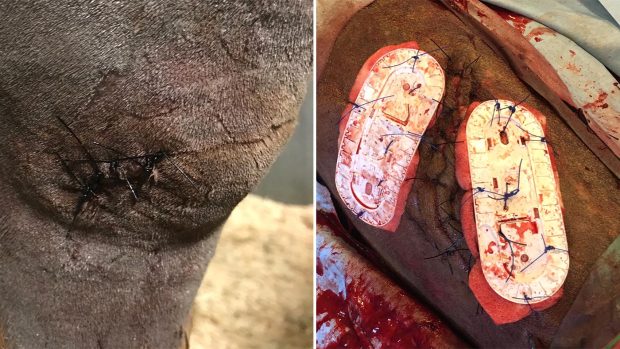Your horse has a wound that isn’t healing — it keeps weeping, it won’t close up and it looks sore. When your vet suggests that maggots could help, you look at him incredulously.
But research has proved the maggots’ worth.
Vets in France and Mali have recently reported their use to encourage healing in chronic wounds in 41 horses.
The maggots were specially bred for this medical purpose and were guaranteed to be sterile and free of infection. This is possible because the thick capsule of fly eggs is resistant to disinfectants and the eggs can be sterilised before the maggots hatch.
Ordinary green blowfly maggots are the best species to use. The sterile maggots were either placed in a net bag within the wound or put directly on the affected area and kept in place with a covering.
The maggots remained in the wound for three days. Sometimes a second three-day treatment was necessary.
The results were astounding. The maggots helped to clean up dead and decaying tissue, secreted antiseptic enzymes and mopped up and killed bacteria. They can even fight off bugs like MRSA, which are resistant to antibiotics.
The French and Malinese vets concluded that maggot therapy for chronic or infected wounds is an excellent way of cleaning up the injuries and reducing bacterial infection.
To read all the latest veterinary research and developments see the current issue of H&H (10 January 2013)




